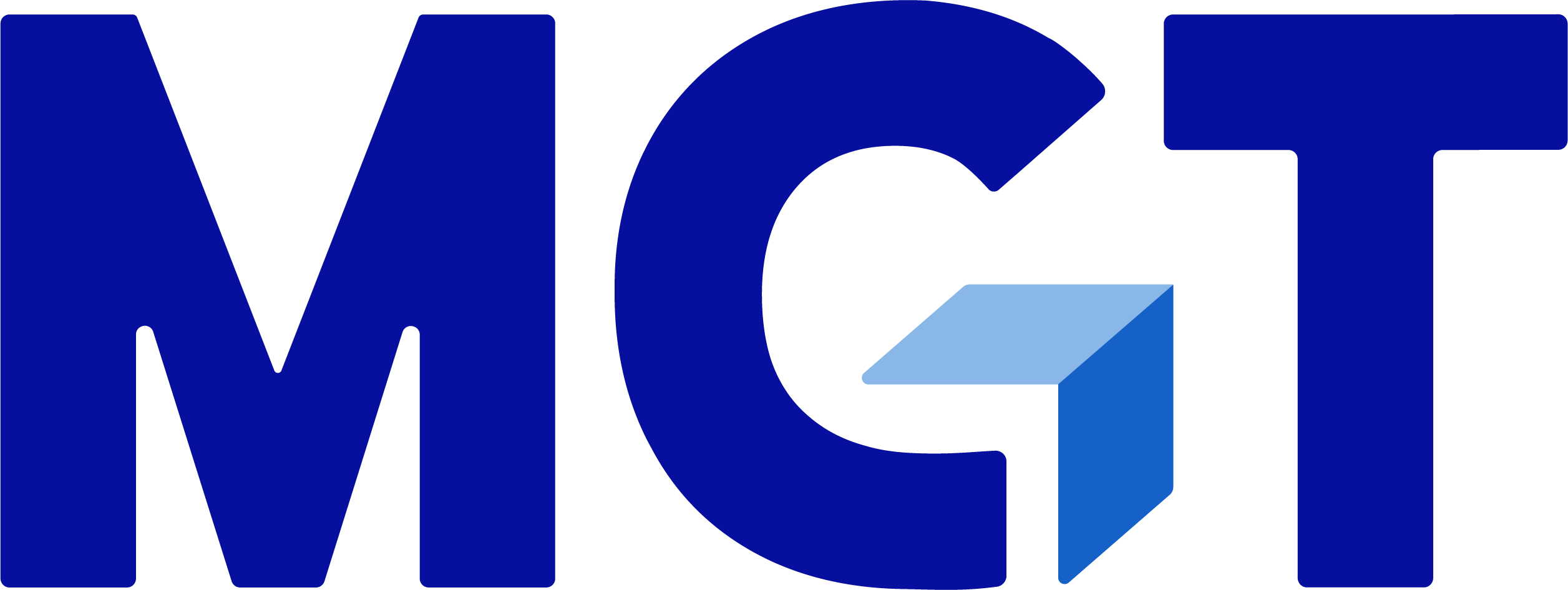By Lauren Watkins and Charlie Lyons
Tensions were already running high due to the recent government mandate to shelter in place when Utah was hit with a 5.1 earthquake. Here is how my husband and I reacted: First, we made sure our loved ones were safe. Then, we thought about the basic supplies we needed. We filled up some large water jugs we had, just in case. As the weeks went by, we improved our emergency supplies and created a plan for what we would do if a larger earthquake hit. During times of challenge and uncertainty, people naturally focus on the essentials—the unimportant, superfluous details of our lives fall by the wayside and we are left to zero in on what matters most. In an emergency, we can’t pack up the whole house and take it with us. Instead, we can only take the essentials—what we can fit in a backpack or car. This school year, teachers should approach their planning in much the same way—by narrowing their focus to the essential academic standards for their grade level and aligning their efforts to ensure students learn these essentials.
The concept of narrowing our focus to essential standards is not new. Schools, districts, and teachers have, for years, taken the time to prioritize their standards. Now, however, essential standards are taking on a new level of importance. We know that the 2020-21 school year is going to bring new challenges. Many students will come with additional social and emotional needs, nearly all will have greater gaps in their learning than usual, and there is still uncertainty about what the year will look like as COVID-19 numbers continue to fluctuate nationwide.
While it has always been challenging to meet students’ varied learning needs and teach all the standards in a single year, this year it will be nearly impossible to teach everything at the level of depth necessary for students to learn. Although CDC recommendations and local health regulations are still changing rapidly, it seems more likely every day that most schools will transition between multiple models of instruction (in-person, remote, hybrid) throughout the school year. As teachers navigate these inevitable challenges, a narrow list of essential standards will help them stay focused on what matters most and ensure that students have deep, rigorous learning experiences, regardless of the setting.
What are Essential Standards?
Prioritization doesn’t mean we just cut out half of our standards and call it a day. Instead, standards receive different levels of emphasis during instruction. Standards can be sorted into two categories:
- Essential Standards are standards that are the most critical and essential for all students to learn over the course of the year. These represent first priorities for instruction. Essential standards capture the knowledge or skills necessary to succeed in the next grade level or course, and they are often skills that are relevant across multiple disciplines and grade levels.
- Supporting Standards are standards that support, connect to, or enhance the essential standards. They don’t receive the same level of emphasis or assessment across a unit, but rather are covered as teachers teach the essential standards. They can serve as the instructional scaffolds that help students build understanding of the more rigorous and comprehensive essential standards.
When teachers focus their instruction on the essential standards, they will also cover many supporting standards. They say that “a rising tide lifts all boats.” As the tide rises, everything in the harbor or ocean is lifted—the boats, the dock, the buoys. Essential standards can have that same impact on supporting standards. As students master essential concepts, many supporting standards are taught along the way. In this way, standards aren’t being cut out of the curriculum but instead are integrated together.
Although many people are making predictions, the bottom line is that we just don’t know what this school year will look like. If teachers can genuinely narrow their focus to a concise list of essential standards, and if school leaders can give them permission and time to do so, teachers will be better able to weather the changes that are surely coming, and students will ultimately have a richer learning experience.
In her role as an Improvement Coach, Lauren Watkins works with elementary, middle, and high schools across the country. She supports school and teacher leaders to identify root causes of underperformance, create improvement plans, and then implement the plans through professional development, coaching, effective teaming, and a focus on evidence-based strategies. Lauren’s favorite part of the work is forging strong, collaborative partnerships with educators to implement effective practices and foster meaningful growth and development for teachers, school leaders, and students.
Charlie Lyons earned a master’s degree in school administration from UNCG and, after years in the classroom, continued his path in education through the NC Principal Fellows Program. After several successful stints as an elementary, middle, and high school administrator, he decided to partner with Jane Williams to found DRIVE with the ultimate goal of spreading their unique and impactful methods of school improvement to a larger community.

Start a Conversation
Thank you for your interest in Cicero Group. Please select from the options below to get in touch with us.
